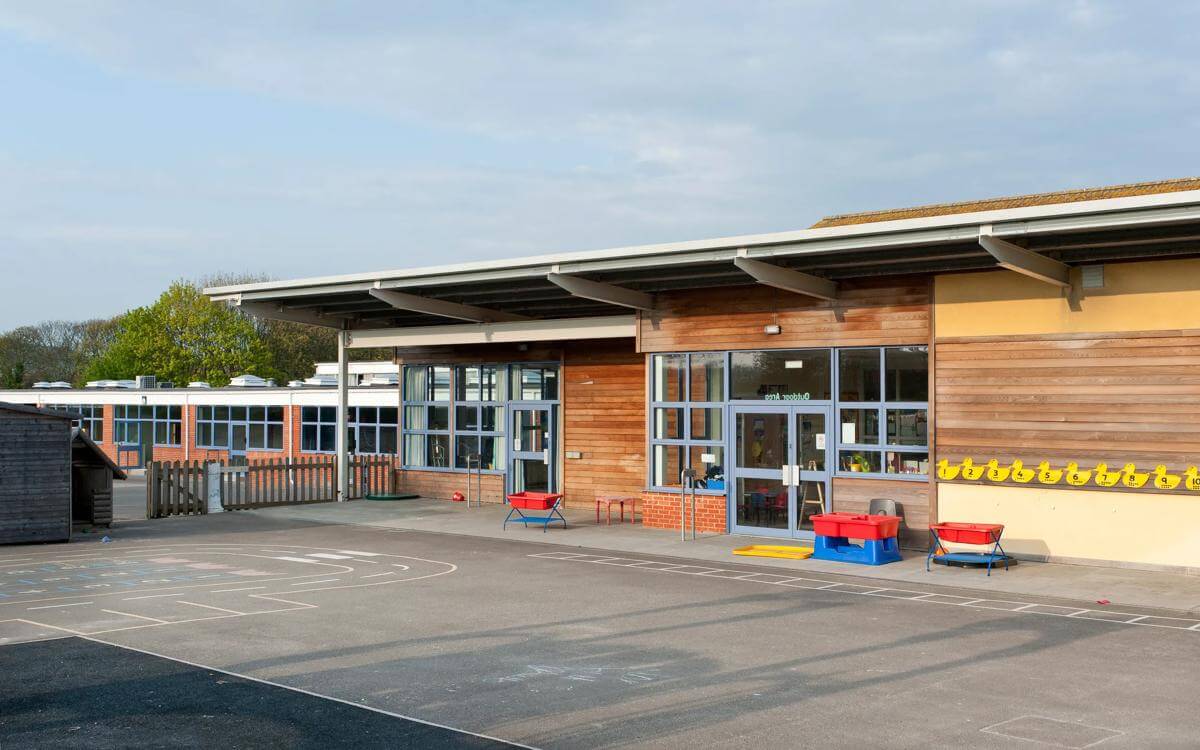Fire safety in the higher education sector: looking back and looking forward
Fire safety regulation is undergoing a period of evolution, with many new & far-reaching fire safety developments having significant implications for those responsible for educational premises.
Fire safety regulation is undergoing a period of evolution and, as 2021 drew to a close, now is a good opportunity to take stock and take a forward look to what the year ahead may hold.
2021 began as it meant to go on with new and far-reaching fire safety developments (many with significant implications for those responsible for educational premises) coming thick and fast.
In February 2021, Peter Baker was appointed as the Chief Inspector of Buildings. The role involves, in the words of Building Safety Minister Lord Greenhalgh, creating “a tougher regulatory regime” to drive “the biggest changes to building safety in a generation”.
The new regulator will be charged with implementing a more stringent regulatory regime for high-rise buildings in England, a regime that will affect existing and future student accommodation that falls within the new regime’s scope.
The likely nature of this new regime became clearer with the introduction to parliament, on 5 July 2021, of the Building Safety Bill. The Bill is intended to lay the foundations for a strengthened regulatory regime for high-rise and other higher-risk buildings, improving accountability, risk-management and assurance. Importantly, the Bill, as introduced, makes clear that its scope can be further extended through secondary legislation if the Building Safety Regulator considers it appropriate.
Changes proposed that will affect the higher education sector include a new statutory definition that identifies ‘Accountable Persons’ for occupied higher-risk buildings. Accountable Persons include landlords and freeholders who are in charge of repairing the common parts of the building (including the freeholders of student accommodation).
The Accountable Person will have statutory obligations for managing building safety risks, including appointing a single Building Safety Manager for the whole building, establishing and operating a system for mandatory occurrence reporting, and applying for registration and certification for the whole building, including bringing together a single safety case report.
In June 2021, the Government published a consultation on proposals to implement the Grenfell Tower Inquiry Phase 1 Recommendations on Personal Emergency Evacuation Plans (PEEPs). Under these proposals, the owner and manager of every high-rise building would be required by law to prepare PEEPs for all residents whose ability to self-evacuate may be compromised, and to include information on persons with reduced mobility and their associated PEEPs in an information box on the premises, readily available to firefighters. This requirement will apply to high-rise student accommodation. At time of writing, it is not clear when the Government intends to publish legislation implementing these measures.
Alongside these changes the British Standards Institution is developing three built environment standards to support the Building Safety Bill and to raise competence for the newly-regulated roles of Principal Designer, Principal Contractor and Building Safety Manager.
Looking forward to 2022, what new fire safety developments can we expect?
Royal assent for the Building Safety Bill is not anticipated before July 2022 at the earliest, with the phased introduction of the measures it proposes over several years, but a running theme throughout 2021, from regulators, has been the call for those responsible for high-rise buildings to prepare now in anticipation of the measures to come.
In October 2021 the Health and Safety Executive (HSE) published guidance titled “Safety case principles for high-rise residential buildings” and, in December, the HSE’s Chief Inspector of Buildings stated:
“Once the Building Safety Bill becomes law, there will be a requirement for a safety case report when a building is completed and occupied. It is important to consider this at the early design stage for your clients and future residents’ safety.
“Building safety changes are coming and will affect everyone involved in a high-rise building project beyond its design. We urge that you act now.”
Safety case reports are a new approach modelled on that used under the Control of Major Accident Hazards Regulations (COMAH). The new approach requires those responsible to take a more involved, more self-critical approach to fire safety. A safety case report must identify major fire/structural hazards, what measures are in place to control risks from these hazards and how these measures are maintained, what checks are in place to ensure the measures work, and how the safety case itself is kept up to date. The Accountable Person will be responsible for ensuring the Safety Case Report is complete and up to date and submitted to the Building Safety Regulator for assessment.
Research by the HSE has demonstrated that COMAH has significantly changed the way major accident hazards are managed, and that this would have been very unlikely without the regulations being implemented. However, the change has come at a significant cost. For the higher education sector, while the proposed new measures may imply additional cost, the ultimate objective is a culture change in respect of fire safety and this cannot be bought off the shelf.
At time of writing, the ongoing Phase 2 Grenfell Inquiry is scheduled to conduct hearings up to the end of May 2022, which would imply that it is unlikely a Phase 2 report would be published before the end of 2022. The inquiry will continue to serve as a constant reminder of what is at stake for those residents of high-rise buildings that these measures are intended to protect.
HSE is putting those responsible for educational premises on notice now that 2022 will be a time of new responsibilities and increasingly demanding fire safety regulation. Institutions that bury their heads in the sand are likely to get short shrift for failing to prepare for what is coming.
This article was first published by University Business on 21 January 2022.

.jpg?variant=HeroImageTabletVariantDefinition)






































